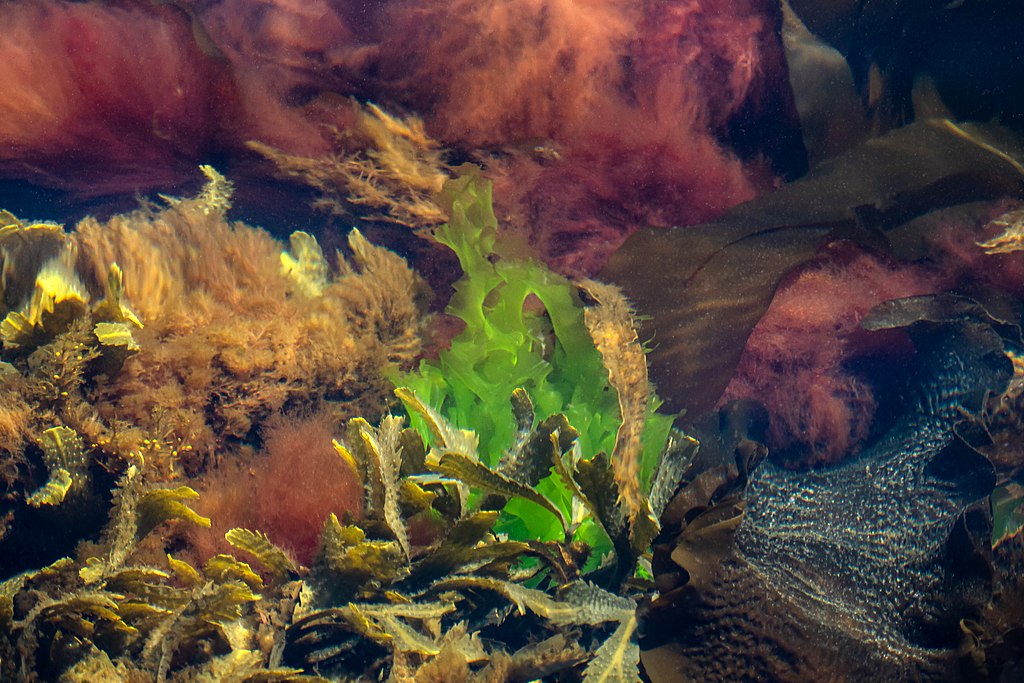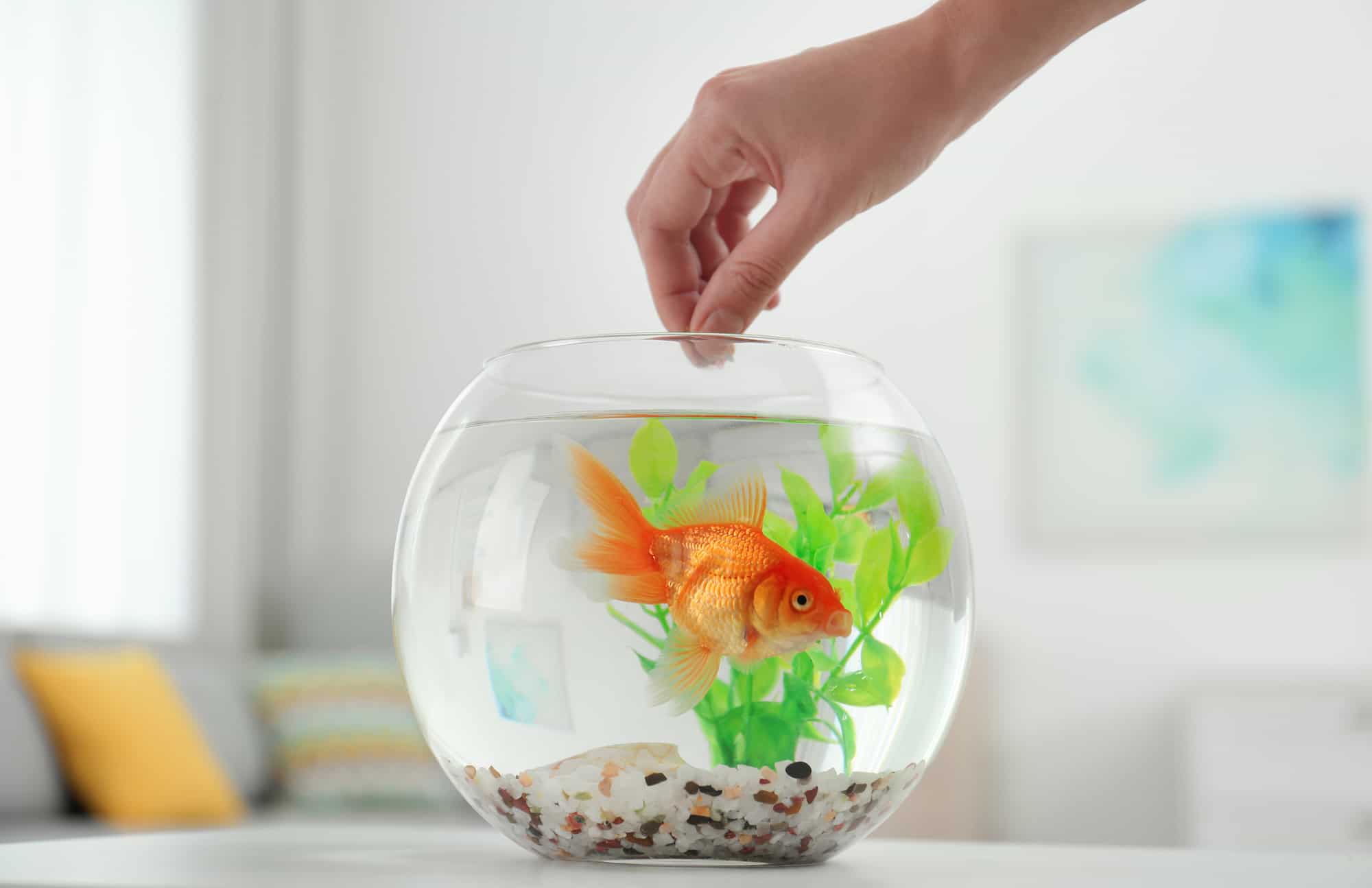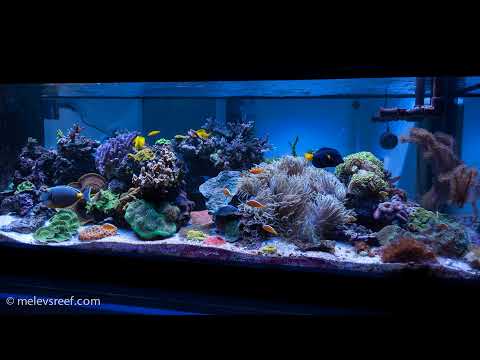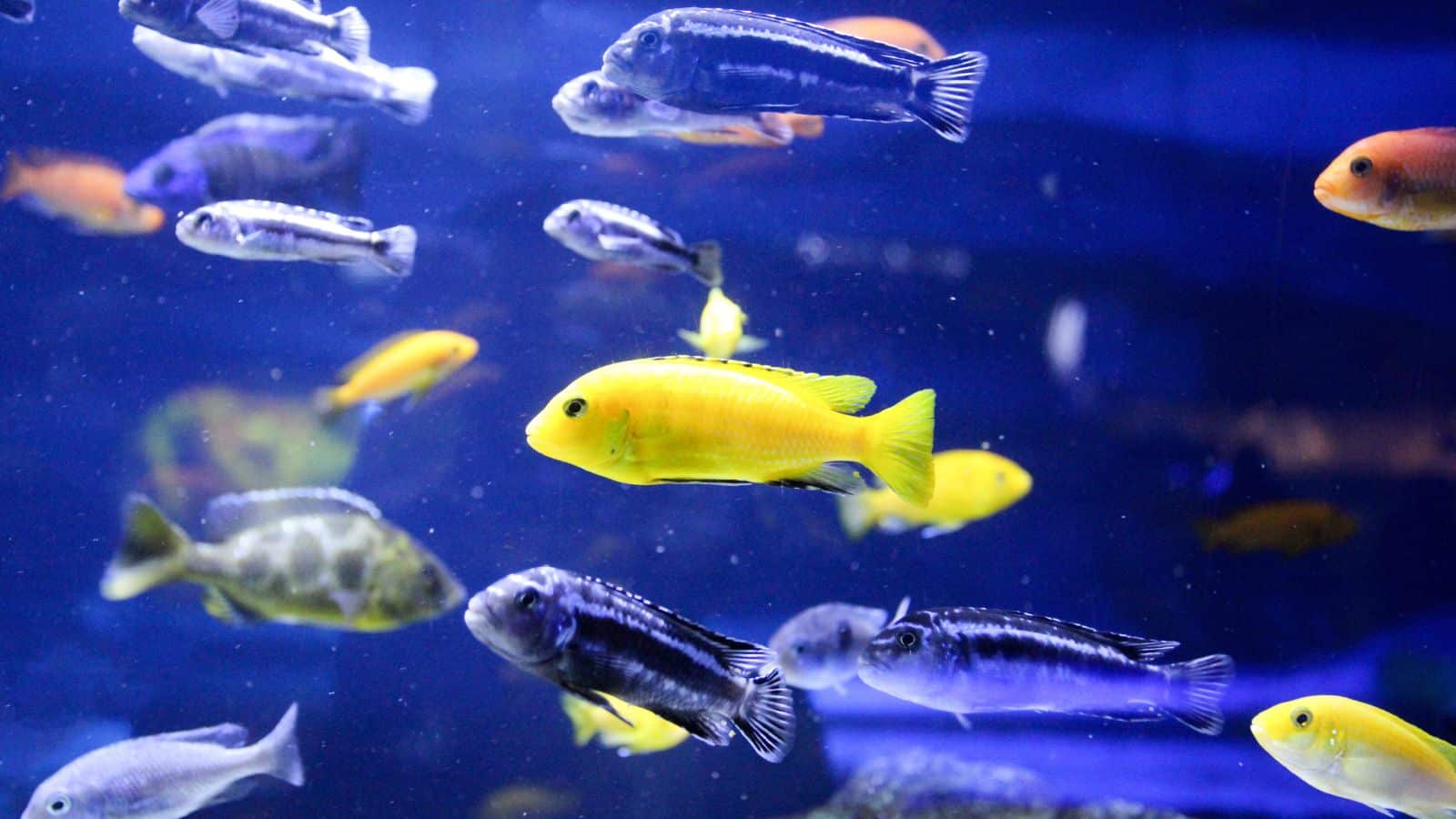I know what you’re thinking. Why would I keep ALGAE on purpose? Much less buy it to PUT in my tank?
I would have agreed with you almost 15 years ago. When I got my first saltwater fish tank as a young girl, the absolute bane of my existence was the three-month nasties, or “ugly phase”. I remember distinctly crying and combing through forums trying to figure out where I had messed up and what I could do to fix it. I tried dumping hermit crabs and snails in there, urchins, even a sea hare (shame on me!) to try to make my tank like the pictures that had convinced me to turn my beloved Oscar the Oscar’s freshwater tank into a reef. (I know, I’m a creative genius with the name.)
Years later, here I am, INTENTIONALLY trying to grow algae, and talking to others about it. The difference between now and then, is that I have learned there really was little to no information on macroalgae, what made them do well, or where to reliably get ahold of certain species. The years have been spent gathering information, and intentionally culturing strains by reaching out to several algae experts across the world. I found a large and welcoming community of people just as surprised at the lack of information and availability. After the last two years (with the help of several books and others in the hobby) I have registered a biobank of over 76 species of macroalgae. This has led to partnering with several institutions to track the parameters and conditions these very interesting specimens need to survive.
Microalgae and Macroalgae
Algae can colloquially be divided into two different categories, Microalgae and Macroalgae. What many people do not know, there are an estimated 10,000 species of different algae out there. So dividing them up is quite confusing phylogenetically hence the lack of easy-to-access literature. Many people also don’t know that algae can be so small you can only see it in a microscope, and as large as 65 meters! Some macroalgae even grow in just humid environments, not even in the water! But I digress.
The Algae Tree
The algal tree I believe is the cause of great confusion. There are several evolutionary break-offs, and trying to track what is phylogenetically similar can get you lost quite easily. For example, green seaweeds are closer related to freshwater plankton and land plants than they are brown seaweeds! If there is interest, I’d love to dive into the phylogeny and how it’s divided. For a hobbyist, the real heavy hitter is that algae are spread across FOUR of the SIX divisions of all life across Earth. Only the kingdoms “animalia” and “fungi” lack algae. And MANY live in your reef tank. So I’ll try to be as brief as possible, I know you’re on the edge of your seat to hear my point of view about helpful algae.
It’s also very important to mention that MACROalgae and MICROalgae are two entirely different functions for a hobbyist, and using colloquial things like “if you can see it or not” makes lots of squiggly lines on nice neat phylogenetic charts. Trying to sort out the two can be quite hard!

Microalgae is a term for single-celled algae, in the hobby these are typically called “phyto”, and most are mixes of only a handful of species out of thousands that exist. I won’t be discussing those in this article! Mostly because it would be even longer than it is already. Phyto is one of the best ways to add nutrients to your corals, as they are a natural and bioavailable way for them to absorb food. They also alternatively can cause ammonia spikes if they have spoiled or been overdosed, or even can contain fertilizer to grow algae leading to further issues if they have been grown improperly. I could speak to how much phyto can help a reef when done properly all day, but back to what we came for.
Macroalgae is the exact same thing as “seaweed”. It means a broad group of eukaryotic photosynthetic marine organisms. The real distinction is that they are multicellular algae, and possess plant-like structural features that grow to large size (50 cm up to 60 m in length)… for our purposes, this loosely means “Algae you can see”. This is what most people care about, as it can cause serious… aesthetic interruptions. There are about 15 buzz words moving about in the hobbyist vocabulary about macroalgae: Hypnea, Graciliara, Caulerpa, Ulva, Coralline (or Corallinales), Halimeda, Sargassum, I also hear “Dragon’s Breath”, “Chaeto”, “turf”, “hair”, “bubble”, “Ogo”, “Dinos” and “Sea Grapes”. Some of those are actual scientific terms, and some are common names for certain popular appearances.
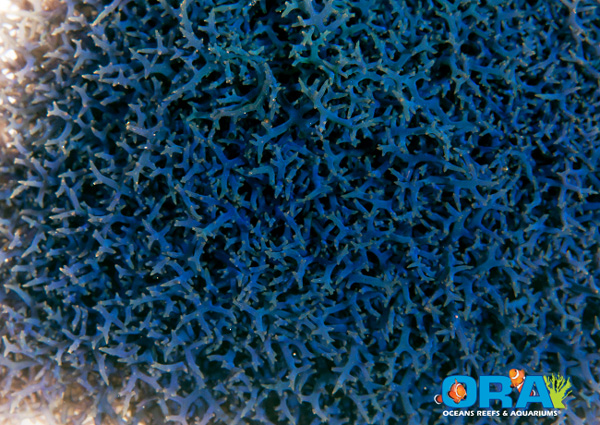
As a hobbyist, I would only worry about three main groups:
Phylum Chlorophyta – “Green seaweed”
Class Phaeophyta – “Brown Seaweed”
Phylum Rhodophyta – “Red Seaweed”
And we can briefly honorary mention – Diatoms, cyanobacteria, and marine plankton.
Somewhere along the lines of 1 GYA the green and red alga split between the unicellular and multicellular lines, green splitting into two MORE groups around the 900 million year mark (chlorophytes-marine mostly and streptophytes – mostly on the land developed waxy coatings to protect themselves). About 600 million years ago the brown algae split from Strameophiles (basically unicellular cells that can become multicellular) even further deviate. This means that they share being photosynthetic, having cell walls with cellulose, as well as convergent evolution leading to VERY similar body styles, structures, and even lifestyles. (Which can make identification a pain!) But I promised I wouldn’t get too far into phylogeny.
The MAIN point, is one that was brought up to me by a freshwater cyanobacteria professor – if a reef aquarium is struggling with one species, wouldn’t it make sense to send in a phylogenetic “cousin” who had very similar functions to outcompete and eliminate a competitor population? For example – What if we could properly identify the species of algae giving us trouble, and put in a much more beautiful and healthy alternative? What if we were struggling with STN/RTN and were able to identify an antimicrobial-containing seaweed that grows in nature to consume the bacteria causing it? What if instead of struggling with hair algae, we made algae an easy nutritious nutrient export we fed back to the fish?
Hopefully, now your interest has been piqued! The truth is those possibilities are THERE. Not only that, but all of the above are concepts I am exploring in my lab for the hobby RIGHT NOW!
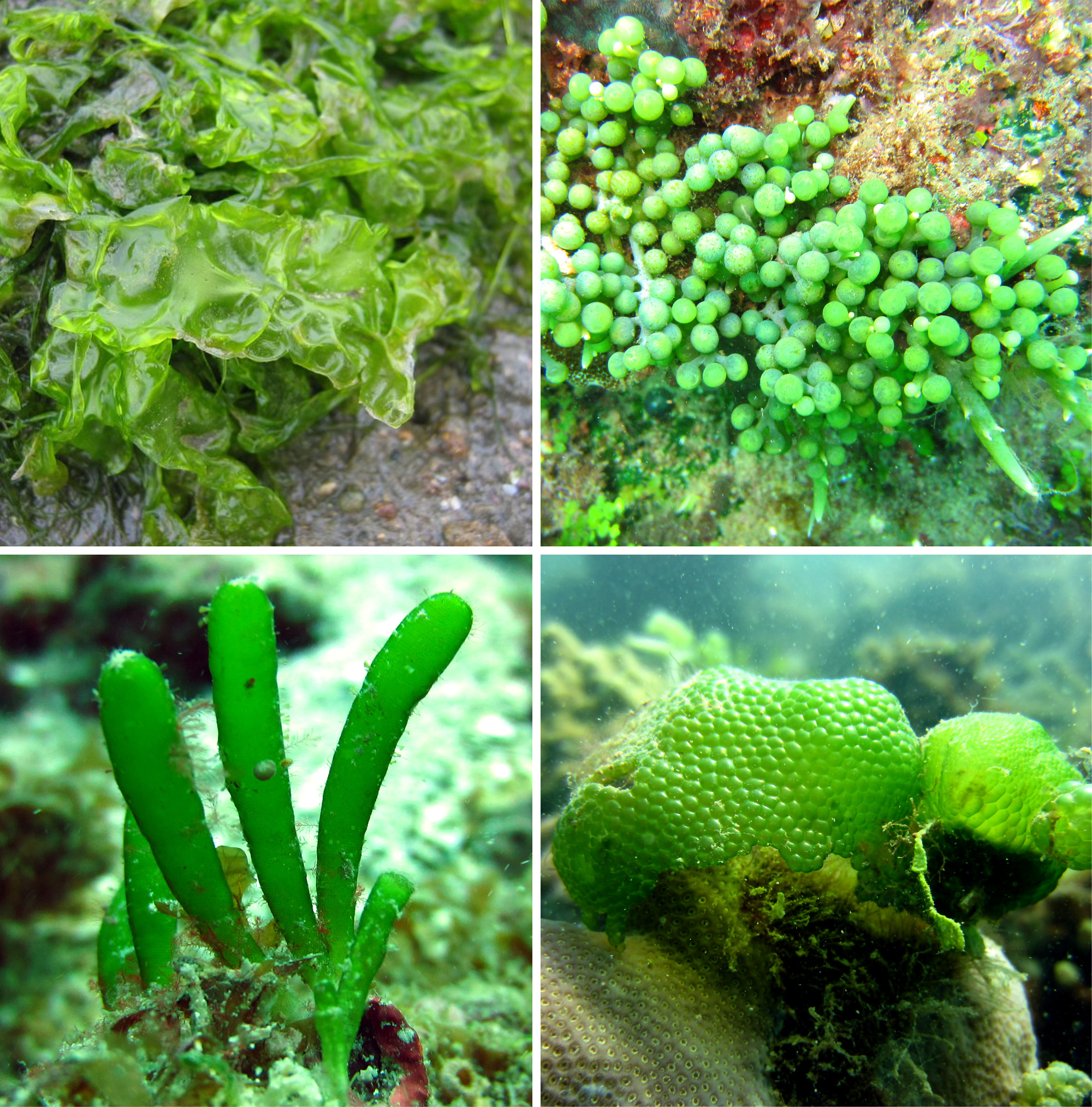
Green Seaweed
For Phylum Chlorophyta – “Green seaweed”. These are probably the closest to a “saltwater plant” other than seagrasses. It is a very diverse and species-rich group with over 8000 species, many being FRESH and SALT. They have lost the phycobilin pigments, and have chlorophyll b. They also have more starches as their storage carbohydrate, which makes them great for thin or grazing fish. What I find most interesting is the common elaborate functions across the groups – like the use of a “siphon” for example, or a long tube containing lots of nuclei and chloroplasts that operate the entire body. Bryopsis and Derbesia (in the hobby a common enemy and “turf” algae) as well as Caulerpa (a large class of macroalgae with grass-like appearance and runners) both use this evolutionary advantage over others that partition their protoplasts, but the main difference is that Bryopsis and Derbesia have to form a cross wall form at the base of its reproductive structure, unlike Caulerpa. This helps to describe their ROBUST proclivity in a reef tank, and how many tanks here at the lab have been able to avoid the dreaded turf algae by the induction of assorted Caulerpa sp. trays.
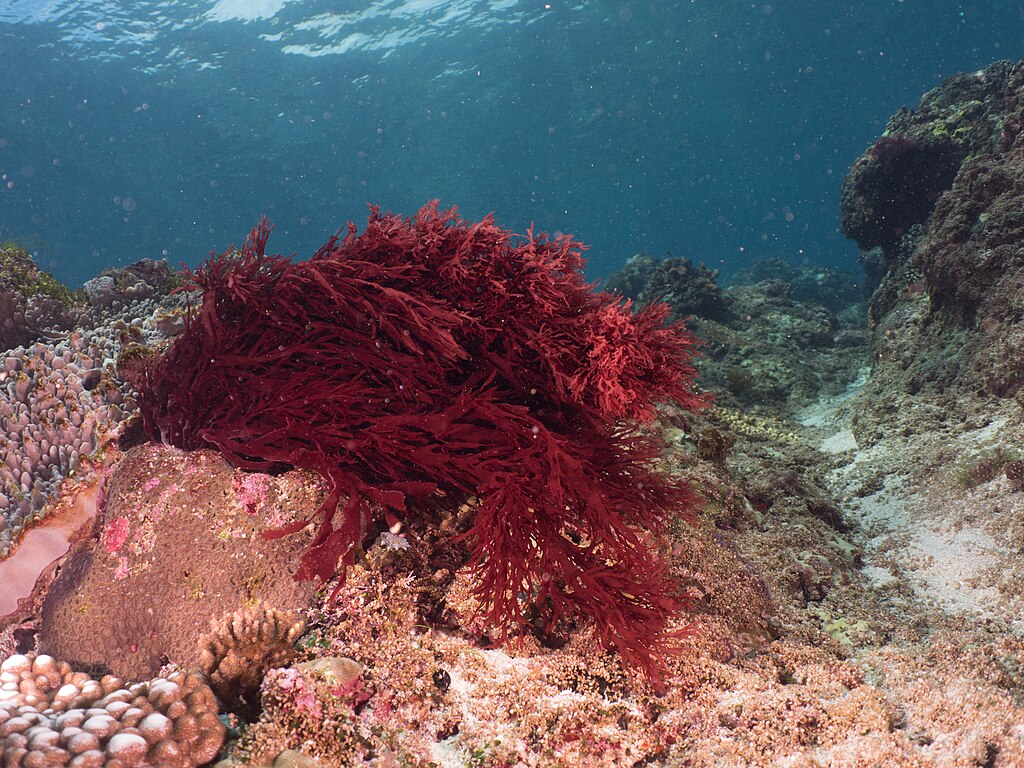
Red Algae
Red algae, or Rhodophyta is really neat because they have evolved to be in deeper water, as light scatters differently the deeper you go. They also have pit connections, which pinch inward almost like your pupil dilates to collect light. They don’t have any flagella, which means they (or their spawn) cannot move very far. This is also why you see so many thrive in a “tumbling” method! Many of the ones relevant to us are filamentous – meaning their cells share a cell wall. This means not only are they naturally appealing to many fish’s grazing instincts by appearance, but that they are usually composed of a single branched filament from one apical(or “stem”) cell that divides to form branches. Sometimes these branches can branch off themselves or can coalesce to form multiple elaborate structures, but at the heart, they start from one stem! This allows intricately evolved carbohydrate polymers to harvest more light, like agar and carrageenan, which are used in several human applications. They also could potentially fight vibrio, a now identified possible source of RTN/STN! (See the article covered well here https://reefbuilders.com/2024/02/08/gracilaria-vs-vibrio-the-antimicrobial-properties-of-red-macroalgae/)
Speaking of filamentous – instead of using terms like “Hair” or “bubble”, I’d love if we moved to more words like “filamentous” (like the ones that look like pieces of fabric), “calciferous” (meaning calcium coated – like the “cactus Halimeda”, “Coralline”, anything that looks like if you ate it, it would crunch) “fronds” (referring to the area above a holdfast, or a “stem” looking part)… etc. If you’d be interested in seeing an article on seaweed terminology or anatomy please let me know! I know many found it quite interesting to learn that the beloved “chaeto” (a shortening of Chaetomorpha) they have been tumbling as a nutrient export has more than one species – and here in the lab, their anatomy does not allow them to perform all the same!

Brown Seaweed
Class Phaeophyta – “Brown Seaweed” is also a beautiful one that is often overlooked in the hobby. One order – Laminariales steals the spotlight as a shining example of the class’ potential for an ecosystem… you probably know them as kelp. But the truth is the Fucales class also has a lot of similar features – from the growth pattern to the “pneumatocysts” for flotation. Here in the lab, Sargassum natans and Sargassum fluitans both provide continuous phosphate absorption (leaving nitrates relatively alone), while being an excellent source of nutrition for the copepods and amphipods. (https://www.hboihablab.com/uploads/9/0/2/8/90289093/lapointe_86_p-limited_photosynthesis___growth_of_sargassum_natans___fluitans_in_w_n_atlantic.pdf corroborates our data and shows their promise as phosphate over nitrate/nitrite absorption! ) Not to mention looking absolutely lovely amongst leather corals, gorgonians, seahorses, and more as a “biotope” style grow-out. They also are showing extreme promise as trace element absorption, particularly large amounts of heavy metals. In these two species of Sargassum, the main structural polysaccharides are alginate (alginic acid) and fucoidan (sulfated fucoidans) which means they are unique in the way they uptake iron, copper, lead, and other harmful materials. This species thriving has allowed me to worry much less about my fragile invertebrates like the seahorses and copepods! https://www.sciencedirect.com/science/article/abs/pii/S0048969721057351
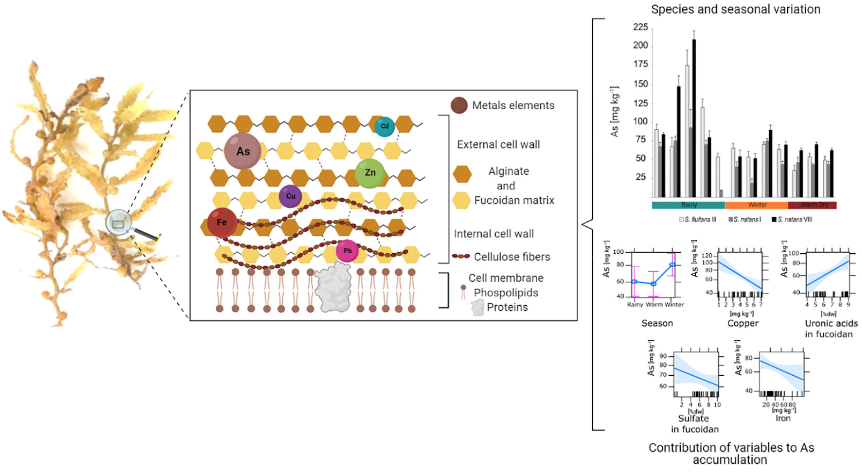
In as short as I can muster, the possibilities of making algae work for you, instead of against you are endless. Please let me know what articles you would feel are helpful to you in your reefing journey, and which species you’re familiar with!
About the author
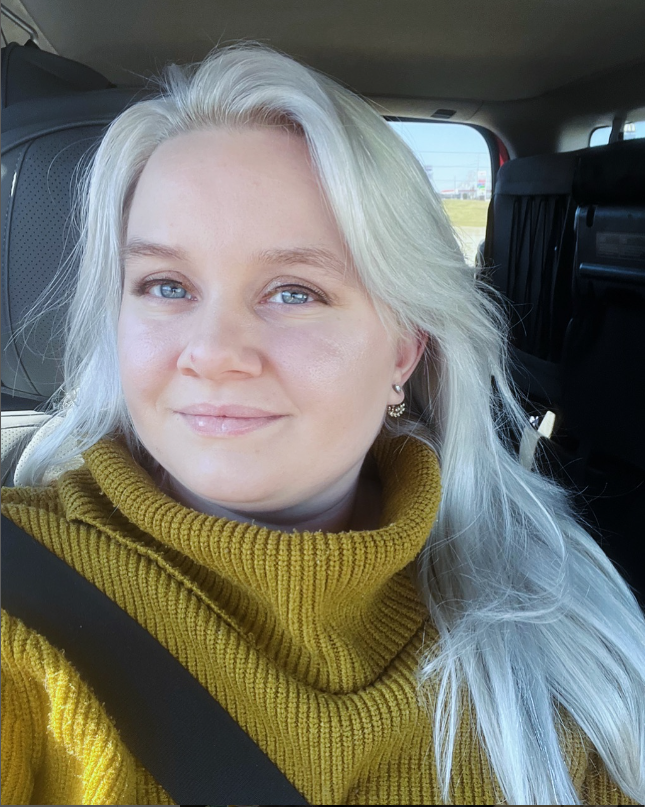
Tia Davis is a marine biologist and a lifelong scientist with her current projects including 76 fully aquacultured species of macroalgae, trace element dosing live rock, captive breeding seahorses and invertebrates, culturing phytoplankton using AI, feeder insects for reptiles and fish, macroalgae as a food source for humans and more. All three of her degrees are focused in the reef keeping hobby and nutrition, fueling her deep love of proper food with husbandry. For the “farm” currently under construction there are over 3300 gallons and over a hundred tanks being fueled by the Early Carboniferous and Ordovician-made “Lost sea” underground aquifer in Tennessee. Having been on several sides of the hobby – from stopping cyanide collection on the ground in Indonesia, working as a collector in the Gulf of Mexico, working in one of the world’s largest clownfish hatcheries, being a veterinary technician for exotics and aquatics, renovating aquarium exhibits, and an academic researcher for climate change with corals – she loves to show multifaceted and intersectional views of the industry and exotic pet trade as a whole.
Image credits
W.carter, CC BY-SA 4.0 https://creativecommons.org/licenses/by-sa/4.0, via Wikimedia Commons
NOAA’s National Ocean Service, CC BY 2.0
NASA. Credits: University of Rhode Island/Stephanie Anderson., Public domain, via Wikimedia Commons
Fleliaer, CC BY-SA 3.0 https://creativecommons.org/licenses/by-sa/3.0, via Wikimedia Commons
Rickard Zerpe, CC BY 2.0 https://creativecommons.org/licenses/by/2.0, via Wikimedia Commons
